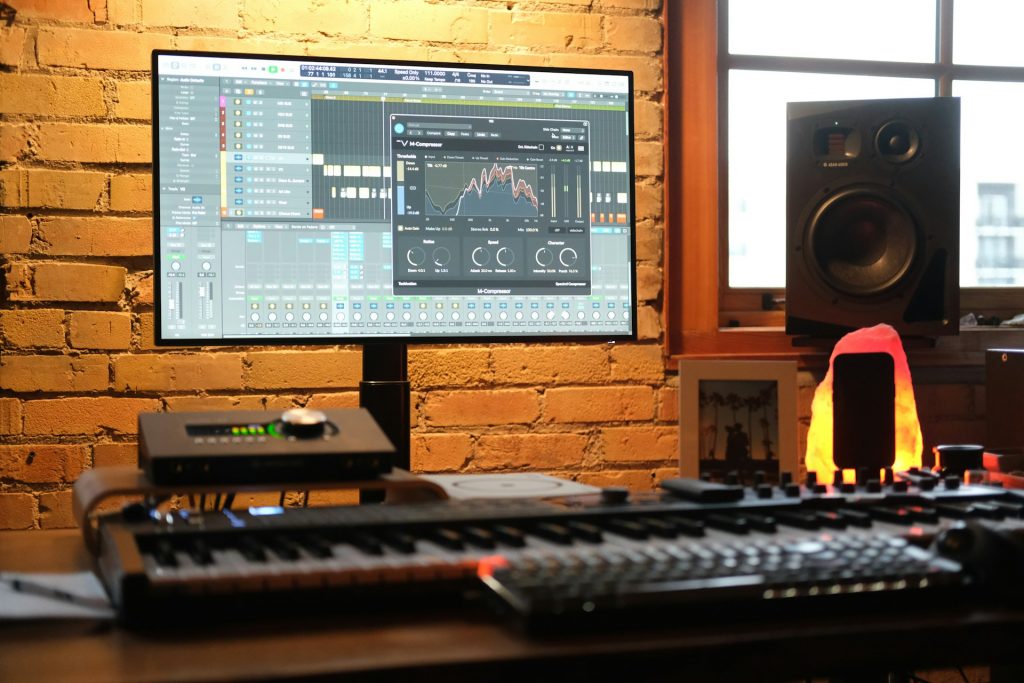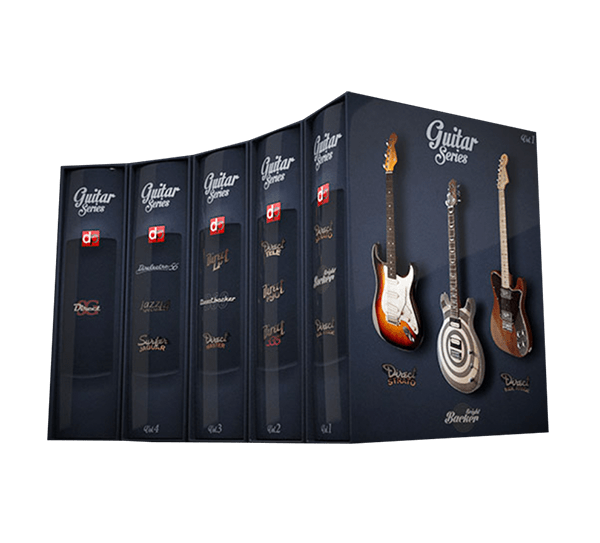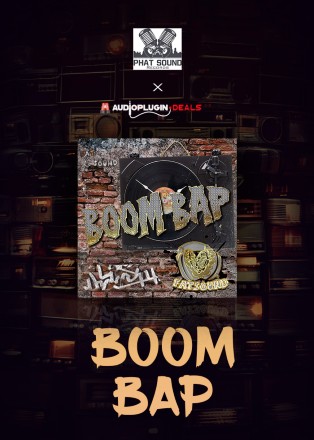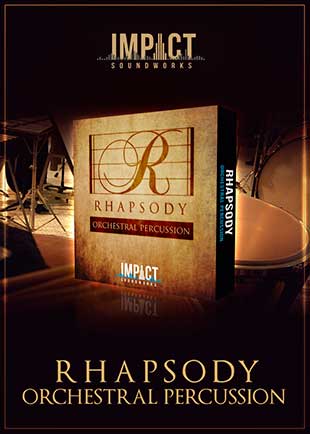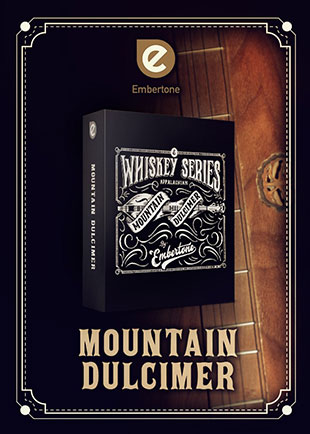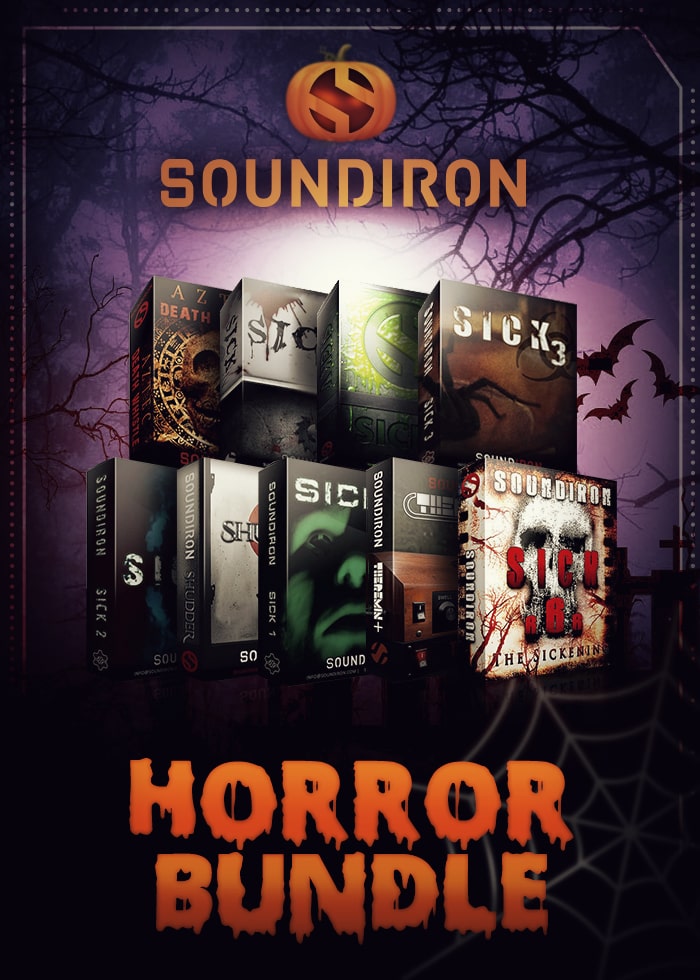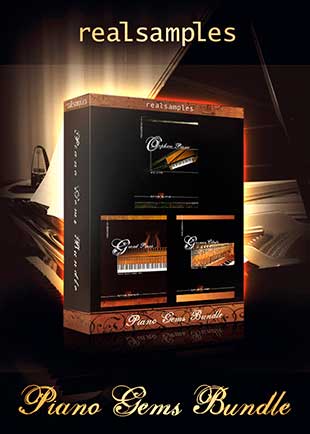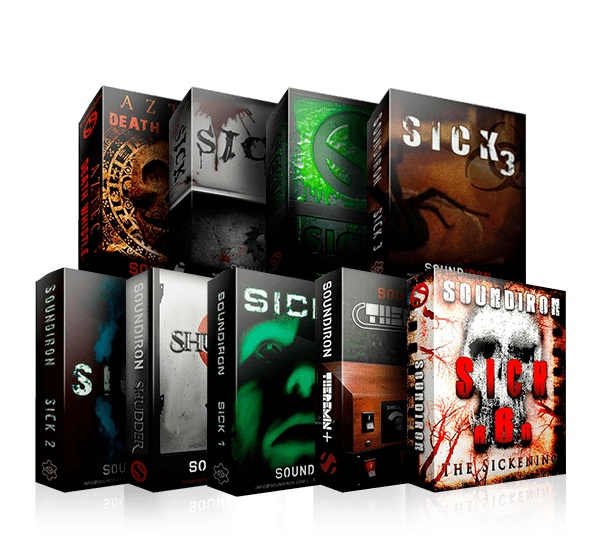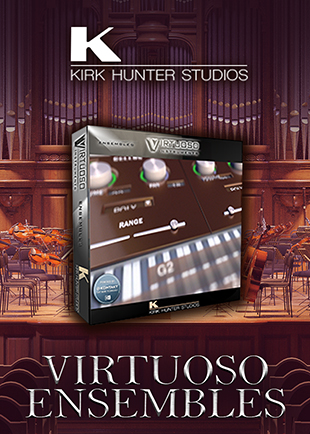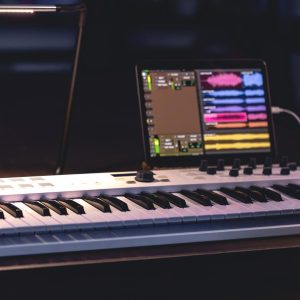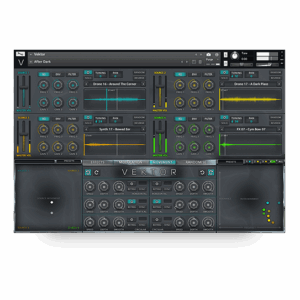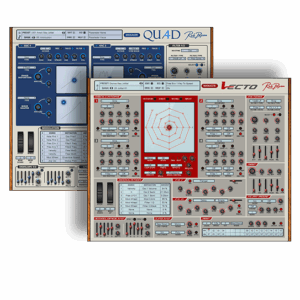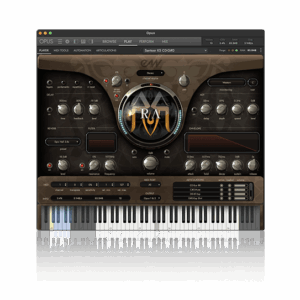Virtual instruments have revolutionized the way we make music. These software-based tools simulate real instruments and allow producers to create diverse sounds without needing multiple physical instruments. They cover a broad spectrum, making them indispensable in modern music production.
Choosing the right virtual instrument can significantly impact the quality and style of your music. Below, we’ll explore the importance of virtual instruments, how to match them to different genres, the essential factors to consider, and some top tips for maximizing their potential.
Understanding Virtual Instruments and Their Importance in Music Production
Virtual instruments are software programs that simulate the sounds of real instruments. They play a huge role in modern music production, helping producers achieve high-quality sounds without needing physical instruments. These tools range from realistic acoustic instruments to advanced digital synths, providing varied tones and textures.
One major benefit is their accessibility. You can use a virtual instrument on a computer, making it easy to experiment with different sounds without the need for expensive gear. This accessibility allows beginners to dive right into music creation, and experienced producers to expand their sonic possibilities. With virtual instruments, you can switch from playing a grand piano to an electric guitar with just a few clicks, saving both time and money.
Another advantage is the level of control they offer. Virtual instruments often come with extensive settings and parameters that you can tweak to your liking. Whether adjusting the attack on a synth pad or adding some warmth to a string section, you get to shape the sound exactly how you envision it. This immense level of customization helps bring your creative ideas to life, making virtual instruments indispensable in any music producer’s toolkit.
Matching Virtual Instruments to Different Genres
Electronic Music: Key Virtual Instruments
Electronic music relies heavily on synthesizers and drum machines. Look for virtual instruments like Serum, Massive, and Sylenth1. These synths offer powerful sound design capabilities and are known for their versatility in creating bold and unique sounds. Drum machines like Battery or Drum Machine Designer provide a wide array of drum hits and loops essential for electronic beats.
Orchestral and Film Scores: Must-Have Virtual Instruments
For orchestral music and film scores, libraries like EastWest’s Hollywood Orchestra and Spitfire Audio’s Albion series are top choices. These virtual instruments offer realistic strings, brass, woodwinds, and percussion.
They capture the subtleties and dynamics needed for expressive orchestral compositions. Additionally, tools like Vienna Symphonic Library can add depth and authenticity to your scores.

Rock and Pop: Essential Virtual Instruments
Rock and pop genres often use virtual instruments that emulate classic band setups, including guitars, basses, and drums. For guitars, try Ample Guitar or Shreddage for lifelike strumming and picking.
For drums, Superior Drummer and EZdrummer provide realistic drum kits with different styles. Virtual bass instruments like Trilian can add solid low-end support, making your rock or pop tracks sound fuller.
Hip-Hop and R&B: Recommended Virtual Instruments
In Hip-Hop and R&B, the focus is on catchy beats and rich harmonies. Virtual instruments like KONTAKT by Native Instruments offer diverse sample libraries that fit these genres well. Look for pianos and Rhodes emulations like Keyscape for smooth melodies.
Drum machines and samplers like Maschine and MPC Beats are perfect for crafting intricate beats. These VSTis help enhance the production quality so selecting the right plugins make a difference.
Factors to Consider When Choosing a Virtual Instrument
Sound Quality and Realism
The sound quality of a virtual instrument is paramount. Listen carefully to demos and reviews to ensure the sounds are realistic and fit your genre. High-end virtual instruments often use meticulously recorded samples and sophisticated algorithms to mimic real instruments as closely as possible. Whether you need the warmth of a vintage synth or the crispness of a grand piano, the sound quality should meet your expectations.
CPU and RAM Requirements
Consider the hardware demands of the virtual instrument. Some high-quality instruments can be resource-intensive, requiring a powerful CPU and ample RAM to run smoothly. Check the system requirements before purchasing to avoid any performance issues. Running multiple virtual instruments simultaneously can tax your computer, so ensure your setup can handle the load, especially for complex projects.
Ease of Use
The user interface plays a significant role in how effectively you can use a virtual instrument. Look for instruments with intuitive controls and clear layouts. This can significantly speed up your workflow and make it easier to achieve the sounds you want. Detailed manuals, tutorials, and customer support are also invaluable resources that can help you get the most out of your virtual instrument.
Top Tips for Making the Most of Your Virtual Instruments
1. Layering Sounds
One of the best ways to make your virtual instruments sound richer is by layering multiple sounds together. For instance, layer a piano with a string pad for a fuller sound. Experimenting with different combinations can lead to unique and complex textures in your music.
2. Use Effects and Processing
Virtual instruments often come with built-in effects, like reverb, delay, and EQ. Don’t hesitate to use these to enhance your sound. Additionally, external processing through plugins can further shape your instrument’s tone, adding more depth and character to your tracks.
3. Automate Parameters
Automation is a powerful tool for adding movement and dynamics to your music. By automating parameters such as volume, filter cutoff, or reverb levels, you can make your virtual instruments feel more alive and expressive. This technique is especially effective in building tension and releasing energy in your compositions.
4. Stay Updated
Keep your virtual instruments updated with the latest software patches and expansions. Developers often release updates that fix bugs and add new features, improving the instrument’s overall performance and capabilities. Regularly checking for updates ensures you’re getting the most out of your tools.
Conclusion
Choosing the right virtual instrument for your genre can elevate your music production to new heights. By understanding what each type of instrument offers and considering factors like sound quality, system requirements, and ease of use, you can make informed decisions that enhance your creative process. Utilizing tips such as layering sounds, using effects, automating parameters, and staying updated will help you get the most out of your virtual instruments.
Ready to take your music production to the next level? Discover amazing deals on top virtual instruments and the best music producing software at Audio Plugin Deals today!
